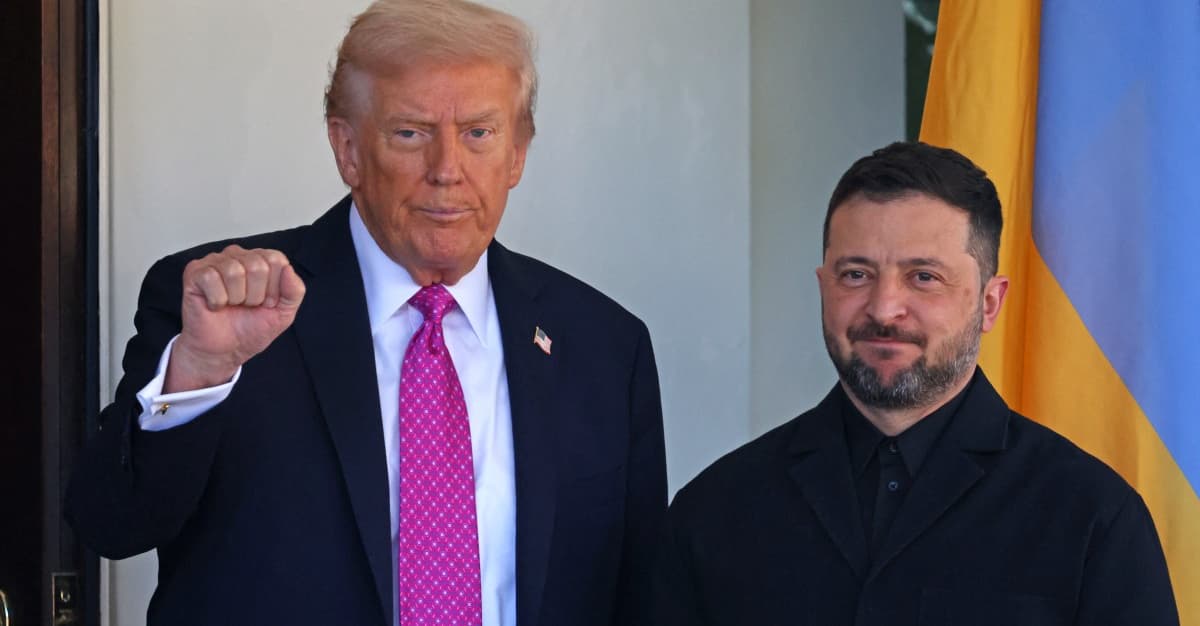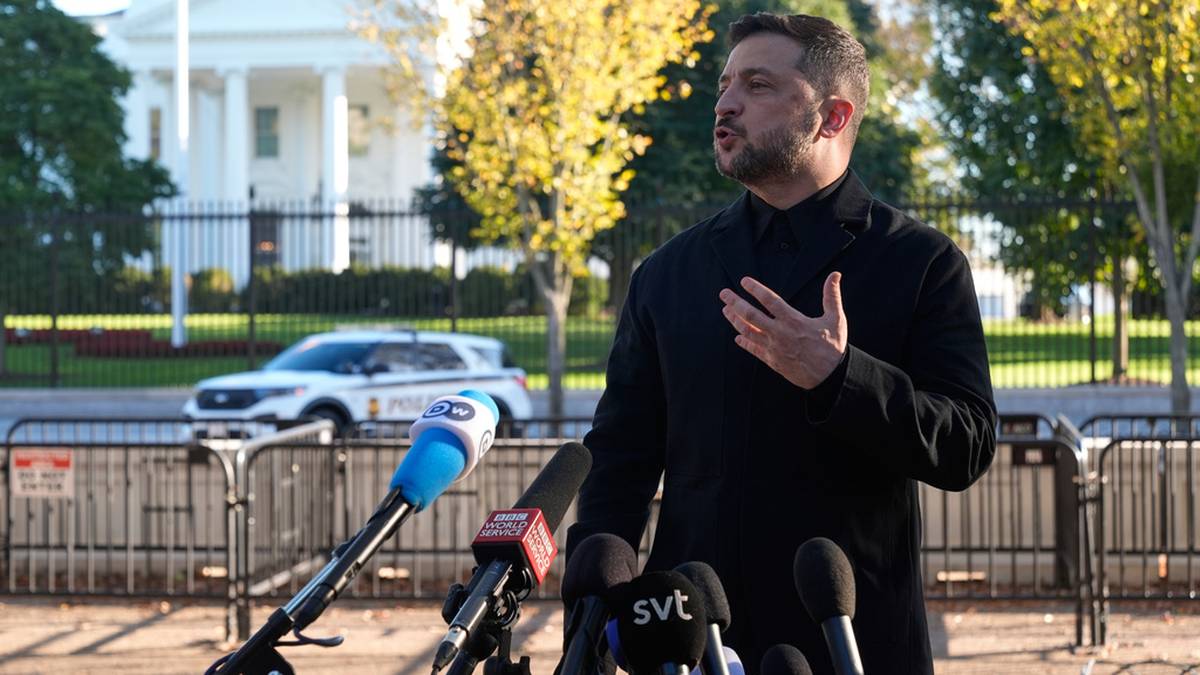
DUBAI- A new report suggests that liberalizing air traffic agreements between India and the UAE could significantly reduce airfares and create substantial economic benefits for Indian travelers. However, India cautioned that if more bilateral rights were granted to hubs in other countries, it would impact Indian airlines’ ability to fill seats on their aircraft.
The study, titled “Combined Skies: Unlocking the Benefits of UAE-India Aviation Liberalisation for Indian Travellers,” was released by the Observer Research Foundation and the UAE Embassy in India.
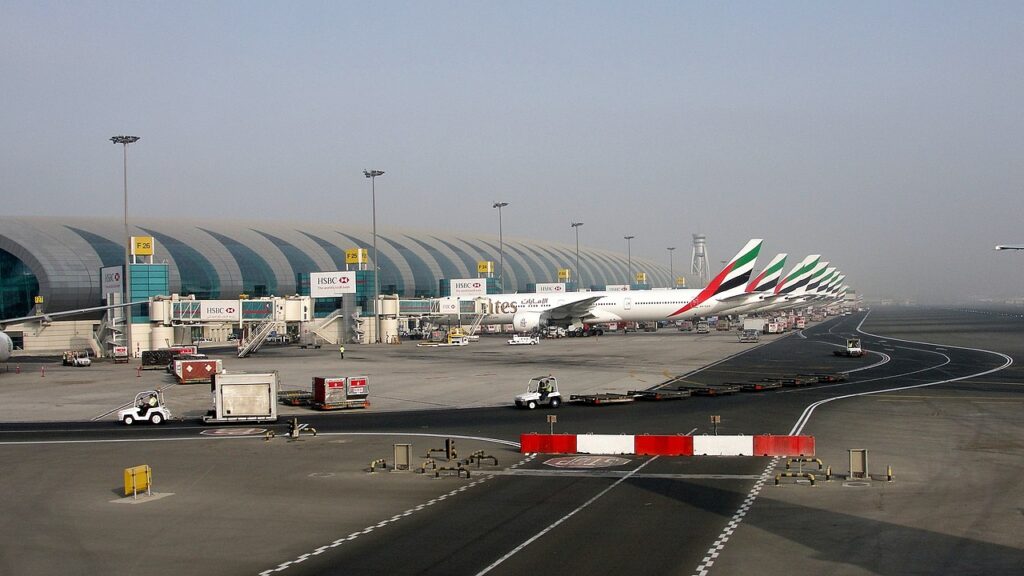 Photo: VtTN – Own work, Dubai International Airport, T-3; Wikimedia Commons
Photo: VtTN – Own work, Dubai International Airport, T-3; Wikimedia CommonsIndia-UAE Air Traffic Agreement Key Findings
The report indicates a modest 1 percent increase in passenger volume from India to the UAE, which correlates with approximately a 0.2 percent drop in average airfares.
During peak travel seasons, UAE-India route prices can double compared to off-peak periods, making last-minute travel unaffordable for many travelers.
However, fare reductions would not affect all routes equally. High-density routes such as Delhi (DEL)–Dubai (DXB) and Mumbai (BOM)–Dubai (DXB), which have reached capacity limits, would see minimal fare changes. Smaller Indian cities, considered more price-sensitive markets, could experience more significant fare reductions.
Economic Benefits
UAE Ambassador to India Abdulnasser Jamal Alshaali told CNBC-TV18 that liberalizing air service agreements could generate over $1 billion in consumer surplus for Indian travelers while boosting bilateral trade. A phased 5 percent annual increase in bilateral seat capacity could add over $152 million in consumer surplus by 2028, directly contributing to savings for Indian travelers.
Despite having a Comprehensive Economic Partnership Agreement (CEPA) that has stimulated trade growth, bilateral seat entitlements for Dubai (66,000) and Abu Dhabi (50,000) have remained unchanged since 2014-2015.
UAE carriers, including Emirates (EK), flydubai (FZ), and Air Arabia (G9), have advocated for open skies policies for the past decade.
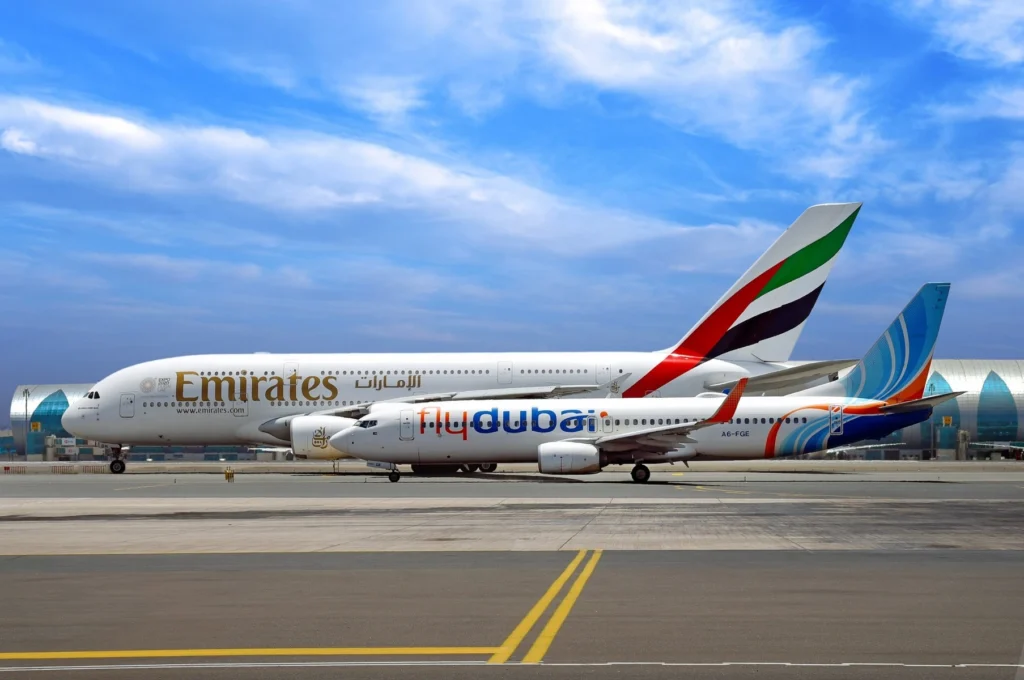 Photo- Emirates
Photo- EmiratesIndia’s Concerns & Solutions
The report notes that while the UAE has expressed interest in an Open Skies Agreement, hesitation comes from the Indian side. The Indian aviation market faces financial sustainability concerns, with several airlines experiencing bankruptcy or financial distress in recent years.
“Indian carriers recently ordered more than 1,000 aircraft. We are committing to that because there would be an economic return to that investment, which, if you add it all, is well over $100 billion.”
Campbell Wilson, CEO, Air India
The report recommends a gradual approach, suggesting a doubling of flight capacity over five years to meet rising demand without disrupting the market. It also calls for investment in major Indian airports to develop them as international hubs while expanding UAE airline access to Tier-2 Indian cities.
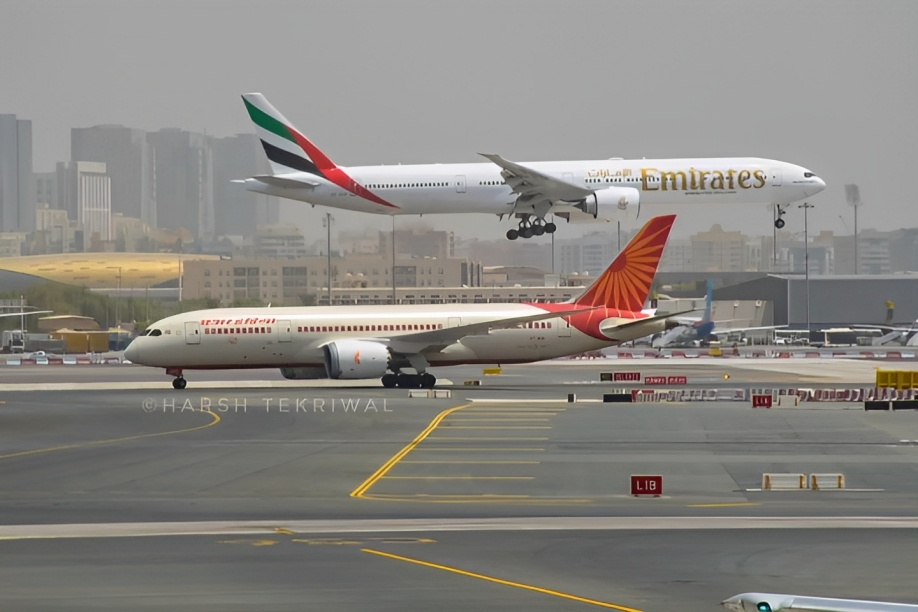 Air India Boeing 787 and Emirates Boeing 777 | Photo: Harsh Tekriwal
Air India Boeing 787 and Emirates Boeing 777 | Photo: Harsh TekriwalUAE-India Air Traffic
“The UAE and India stand at the cusp of an aviation boom—if they choose to seize it. Demand for air travel between the two countries is skyrocketing, yet current bilateral limits constrain growth.”
Report from ORF (Observer Research Foundation)
Passenger traffic between the two countries reached 19 million in 2023, accounting for approximately 30 percent of India’s international air traffic. The report warns that India must act quickly, as UAE carriers are focusing on other markets due to India’s lack of traffic rights expansion.
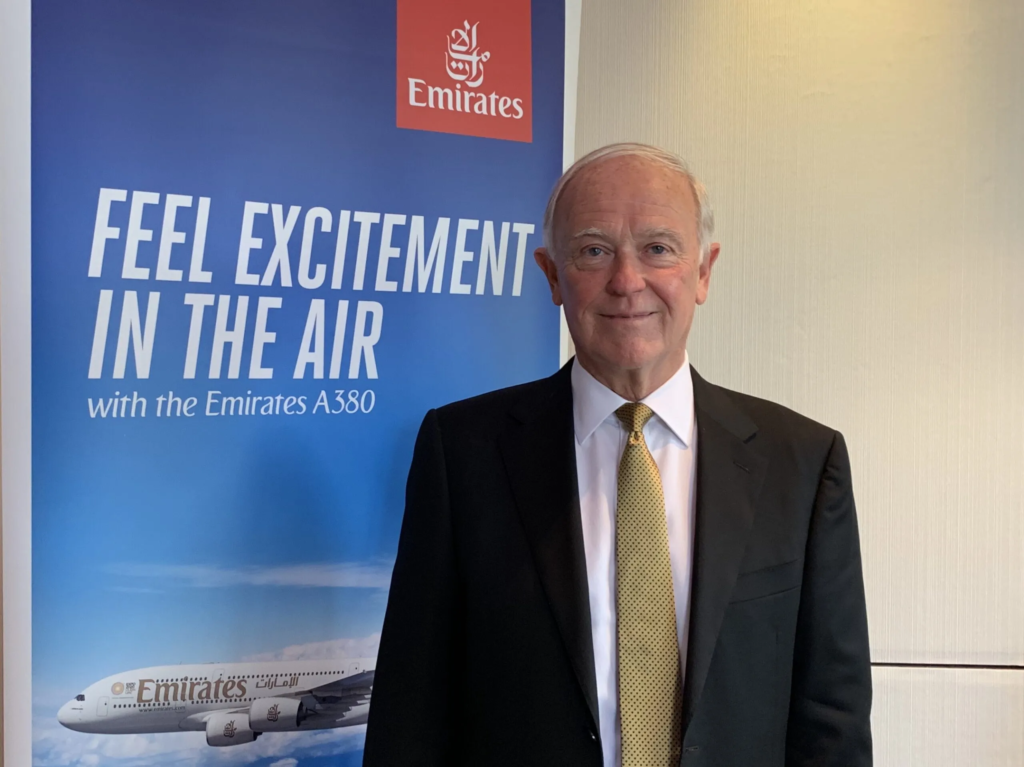 Tim Clark; Photo: Air Insight
Tim Clark; Photo: Air InsightEmirates Frustration Over Restrictive Policies
Emirates Airline President Tim Clark recently voiced his frustration regarding India’s restrictive traffic rights policy at the ITB (Internationale Tourismus-Börse Berlin) Berlin.
He explained that Emirates has been developing its capacity since 2015, but the decade-long freeze on India route expansion has diminished the country’s strategic importance in Emirates’ global network.
Clark noted that while Emirates continues to see strong financial returns from its worldwide growth initiatives, he believes the inability to expand operations in India represents a missed opportunity for the country itself, not just for the airline.
Stay tuned with us. Further, follow us on social media for the latest updates.
Join us on Telegram Group for the Latest Aviation Updates. Subsequently, follow us on Google News
UAE Demands More Seats to India: Airfares Can Fall by 20%
The post India Hesitant on India-UAE Air Traffic Agreement Despite Benefits appeared first on Aviation A2Z.

 6 miesięcy temu
6 miesięcy temu
